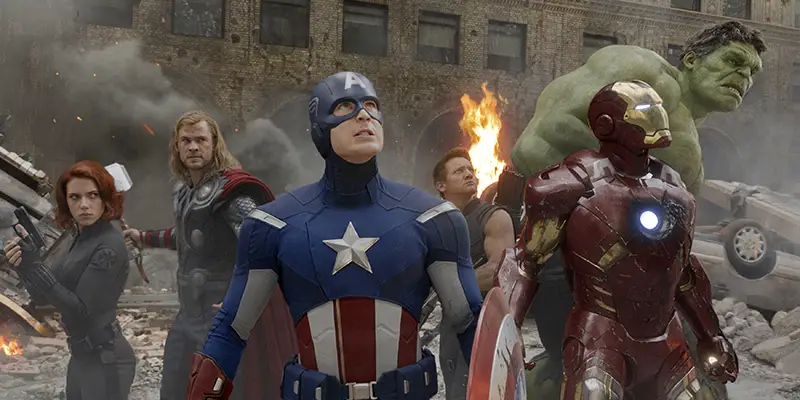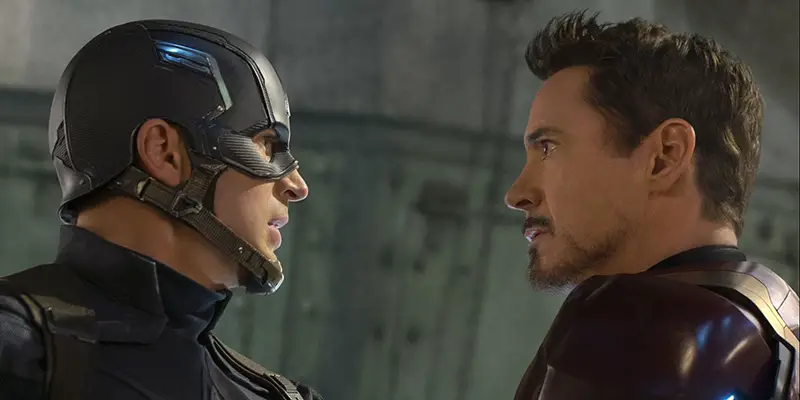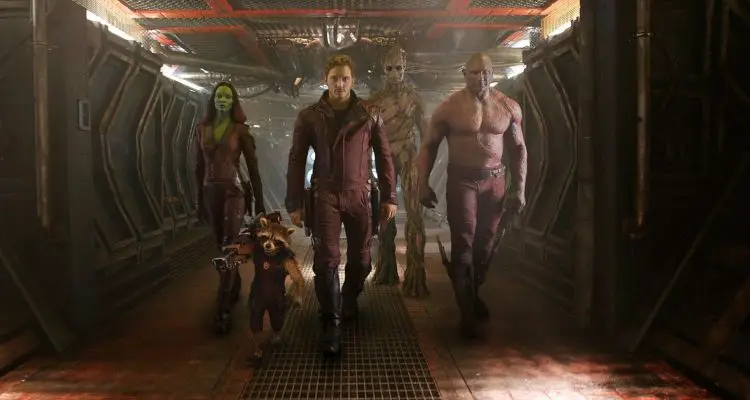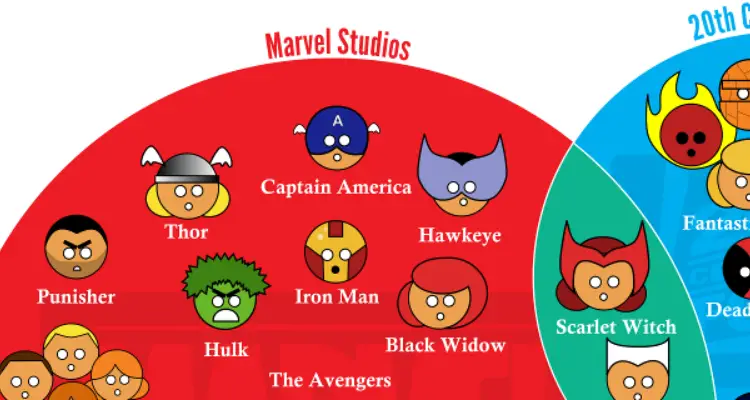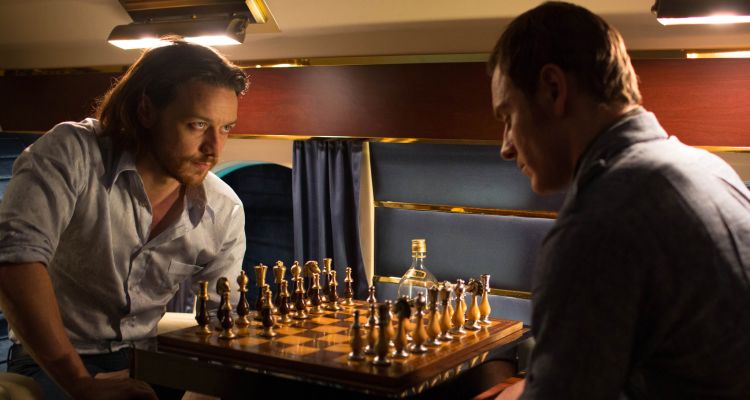Marvel
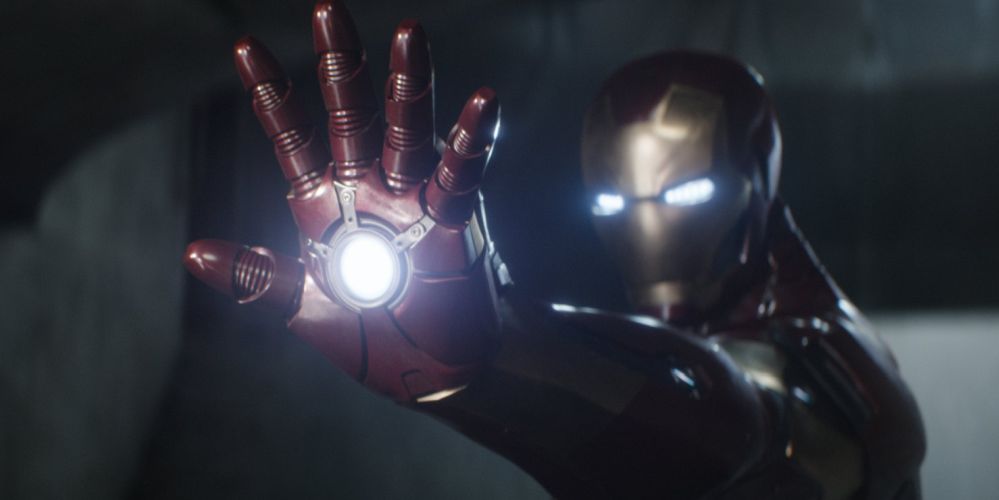
At this year’s San Diego Comic Con, Marvel Studios has unveiled various information regarding upcoming projects, ranging from a first look at Guardians of the Galaxy Vol. 2 to the casting of the lead of Captain Marvel. Their last project for 2016, Doctor Strange, was given a lot of attention throughout their panel.
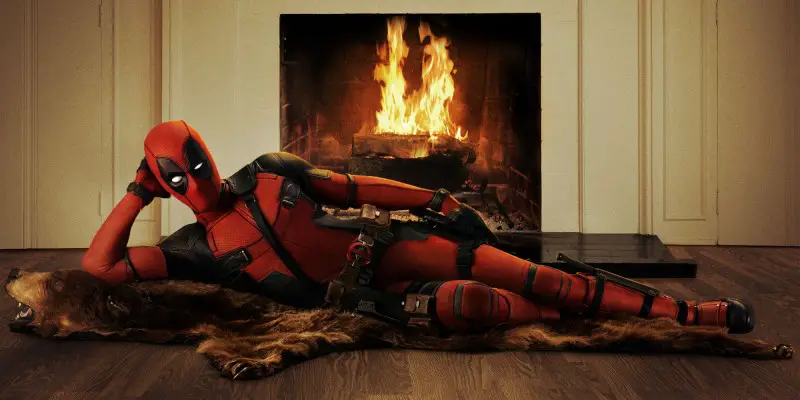
Deadpool is a comic book character with an interesting history. Premiering in the early 1990s, he was originally created as a parody of comics in general, with both the DC character Deathstroke and Marvel’s Spider-Man influencing his name and appearance (Wade Wilson is Deadpool’s real name, while Slade Wilson is the civilian name of Deathstroke). Over the years, though, the character has gained an unusually strong following, even for those that are not typical comic book fans.
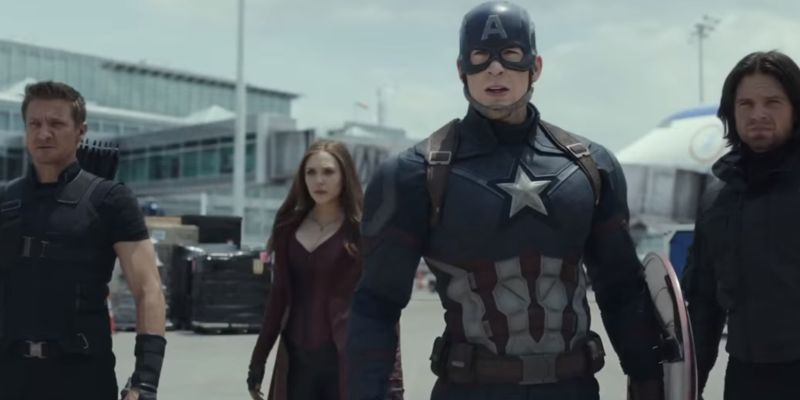
Since 1989, when Batman became a mainstream film series for DC, and in 2002 when Spider-Man kicked off Marvel’s campaign, the legacy of the superhero on the silver screen has progressively grown. Particularly throughout the 21st century and through to the 2010s decade, superhero adaptations and the science fiction genre have practically dominated the Hollywood film industry, with the vast majority becoming massive commercial triumphs. We have seen a number of films released each year, and in 2016 we are awaiting a variety of superhero/comic book adaptations from Marvel, DC and others.

Fantastic Four is a film that people wanted to hate from the start. First, there was the controversial casting of Michael B. Jordan as the traditionally white character Johnny Storm; shortly following this was the discovery that Victor Von Doom was a computer hacker instead of a brilliant inventor; finally, there was the casting itself, which involved younger characters just finishing high school, whereas most adaptations of the story present the Fantastic Four as adults.
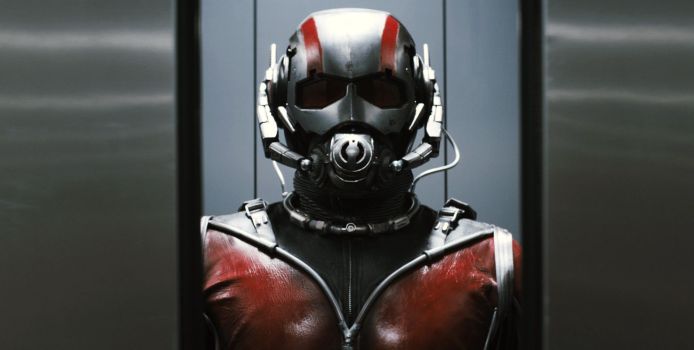
Before watching Ant-Man, it would be safe to predict that the movie would be the film that destroys the foundations of the Marvel Cinematic Universe. This is a film that has suffered from well-publicised production troubles, leading many to question the artistic integrity of the directors the studio chooses to helm its projects, whose directorial vision has to be sacrificed in order to create another chapter in studio head Kevin Feige’s grand master plan. Production troubles sometimes lead to fantastic movies, but more often than not, they lead to gigantic box office flops – not even the seemingly unbeatable Marvel can overcome that, surely?

First, think of the most overused plot of an espionage action thriller. Throw in a young, rebellious kid who dares to walk in his father’s once-proud footsteps. Finally, mix in a cartoonish super-villian with unbelievable plans to destroy the world and a super-secret spy agency that is at their wit’s end in their attempts to stop him.

Big Hero 6 takes the cultural stereotypes of the East and West, smashes them together to a fine powder, and fabricates from it a 100-minute ride that is so eye-poppingly pretty, so gently moving and so explosively inventive that it’s the most unabashed, jolting fun you’ll have at the movies this year. Even after turning out two very strong features like Wreck-it Ralph and Frozen, Disney proves once again that its capability to push boundaries of imagination is strengthening by each passing endeavor. Disney at its absolute peak Based on a Marvel comic, directors Don Hall and Chris Williams gather the immense arsenal of talent at Disney to conjure up on screen the beautiful cherry-bomb of a city called San Fransokyo – a hybrid mash-up of the architectural sensibilities and culture of San Francisco and Tokyo.
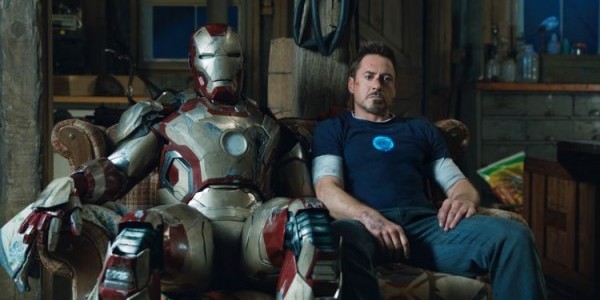
Guardians of the Galaxy, the latest instalment in the Marvel cinematic universe, has just smashed box-office records on its way to being number one, raking in almost five times as much as its nearest competitor. It continues the highly successful “phase two” of the studio’s cinematic output which is timetabled until at least 2019. On the face of it, their films are among the safest bets in Hollywood – it is taken for granted that Marvel equals success.
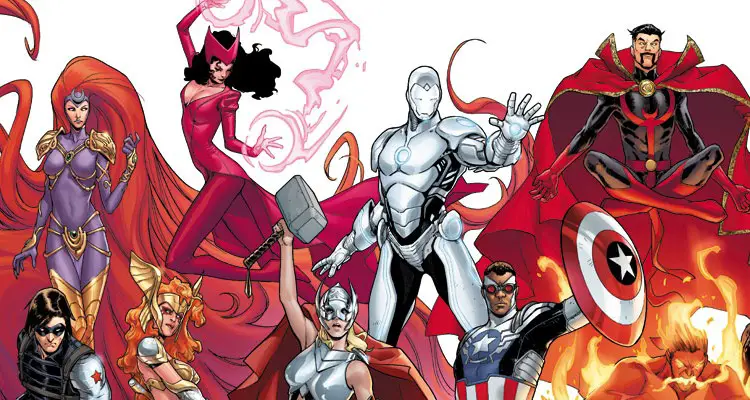
The hottest and most popular film genre is the superhero genre. Since the late ’90s, thanks to DC Comics and Marvel Pictures, they have consistently produced superhero films that bring audiences in big masses to theaters. So far this year, there have been three films from that genre, and we are still waiting for the much-anticipated release of Marvel’s Guardians of the Galaxy on August 1st.


